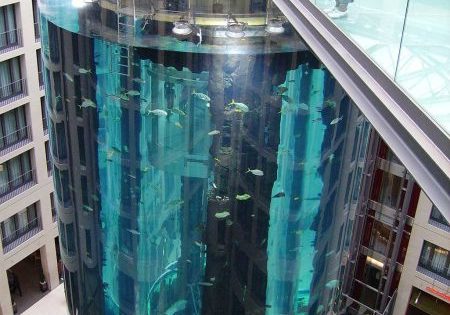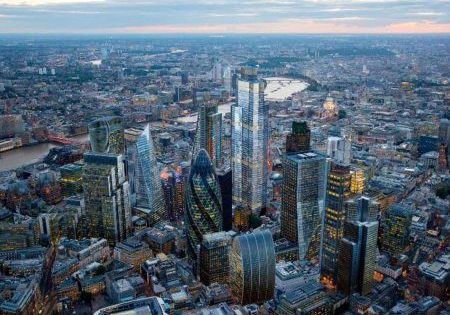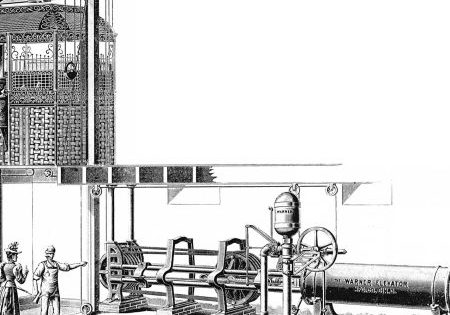Think Before You Act
Jan 13, 2023

Esteemed readers of ELEVATOR WORLD Türkiye, I would like to start my article by thanking EW Türkiye management for this valuable opportunity to let me speak with you again after a long break. EW Türkiye’s focus this month is maintenance and modernization. I would like to share my opinions on modernization.
The main reasons for modernization in the vertical-transportation market include elimination of nonconformities in periodic examinations, works in relation to changes requested by the lift or escalator owner or changes and renewal works recommended by the maintenance company.
When the current periodic control regime started, modernization and revision requirements for making lifts suitable for use after periodic examinations were extensive. Lifts used to be modernized almost at the cost of a new lift. Modernization works required after periodic controls persist. The main modernization works include installation of car doors, installation of an announcement system, access to the well bottom, replacement of overload measurement devices in cars and renewal of wall lighting.
Building owners’ modernization requests are generally for the replacement or renewal of equipment such as cars, doors, panels, etc. Modernization requests of building owners, lift and escalator owners, users or operators are typically for the replacement of visibly aging components, e.g., complete replacement of cars or control panels in cars. Complete replacement of doors on floors or renewal of visible parts on floors are among the most common modernizations.


Other major modernization requests from building owners are related to repeated failures, increased spare parts prices or extended spare parts supply-chain disruptions. At this point, my recommendation for building owners and operators is that they personally perform or ensure the performance of detailed works that address the reasons for malfunctions before deciding on modernization. Suggested modernizations may not always produce the desired results. Detailed surveys and evaluations will ensure effective and successful determination of the limits and costs of modernization requirements.
When we got involved in a project in Istanbul for which we provided consultancy services, we saw that the modernization had started with the replacement of machinery followed by the replacement of control panels, due to an increasing number of failures and the replacement of well electricity installations due to continued failures. However, the number of failures remained the same.
Modernization requests of building owners or operators for escalators and moving walkways are usually limited to the suggestions of maintenance companies, e.g., step chains, handrail belts and handrail belt drive chains. The reasons for the replacement of these components are generally weathering and elongation, which can be caused by insufficient and incorrect maintenance. Therefore, the reasons for replacement should be analyzed properly.
Lift companies carry out modernization works for different reasons, such as renewal of old lifts, replacement of worn equipment, spare parts that cannot be supplied or adaptation of new technologies to old lifts.

When planning modernizations, the safety of users and maintenance personnel should be the most important consideration. In case of insufficient last-floor and well-bottom clearances, works should be performed with protective measures. Safe access to the well bottom is another important requirement. Worn suspension cables and sheaves or elongated chains and gears should also be important reasons for modernization works.
Relevant European standards should guide replacement or renewal decisions. For example, in another project in Istanbul for which we provided consultancy services, the client requested renewal of all suspension cables in 18 lifts due to weathering but, after the controls we conducted, decided to replace the cables in only two lifts.
While planning modernizations, optimization has taken precedence in today’s economic conditions. Modernization can be scheduled, and extended over months or a few years. Works related to safety or required by legislative changes should be given priority. Works with an anticipated weathering period and aesthetic changes should be planned later. A good modernization plan will allow you to both continue using your lifts and escalators safely and optimize modernization costs.
Another critical issue in the modernization process is whether the price quotes you receive for modernization are equal. You probably receive multiple price quotes for modernization. However, before contracting the job to the lowest bidder, be sure work items in the quotes have the same quality materials and technical qualifications. After ensuring that you fulfill these conditions, you can start modernization works with peace of mind. And, do not forget to have the modernization works controlled after completion.
I would like to end my article by wishing you healthy and safe days.
Get more of Elevator World. Sign up for our free e-newsletter.









